Known for its adhesive products, Loctite is a brand that has been around for more than 60 years. Loctite 242 and Loctite 243 are two of the Loctite brand's best-selling items. These are both threadlockers and have many characteristics, although they differ in a few ways. This article will contrast the features of Loctite 242 and 243, as well as how to pick one to use.
Loctite 242
Loctite 242 blue medium-strength threadlocker is intended to be applied on fasteners with diameters between 1/4 inch and 3/4 inch. It is a multifunctional threadlocker that works with both ferrous and non-ferrous metals. The material's shear strength is 3,000 psi, and it can endure temperatures of up to 360 °F (182 °C).
Loctite 243
Loctite 243 blue medium-strength threadlocker is also intended to be used with fasteners with a diameter of 1/4 inch to 3/4 inch. Furthermore, it is also a multipurpose threadlocker that works with both ferrous and non-ferrous metals. But, compared to Loctite 242, it has a few more features. It can be used on fasteners that are oil-contaminated since it has a higher oil tolerance. Moreover, compared to Loctite 242, it is more temperature resistant, withstanding temperatures of up to 360 degrees Fahrenheit (182 degrees Celsius). It has a 1,800 psi shear strength.

Differences
The shear strength and oil tolerance of Loctite 242 and 243 differ significantly from one another. Because Loctite 243 has a higher oil tolerance, it is better suited for use on oil-contaminated fasteners. Moreover, it is less difficult to remove the fastener when necessary because it has a lesser shear strength than Loctite 242. It still offers enough force, though, to keep the fastener from loosing as a result of vibration.
Conclusion
Both Loctite 242 and Loctite 243 are medium-strength threadlockers made to be applied to fasteners with a width of 1/4 inch to 3/4 inch. While they share many characteristics, Loctite 243 is superior to Loctite 242 in terms of its higher oil tolerance and lesser shear strength. When deciding between the two, take into account the kind of fastener you'll be using, the area in which it will be used, and the necessary level of strength required.

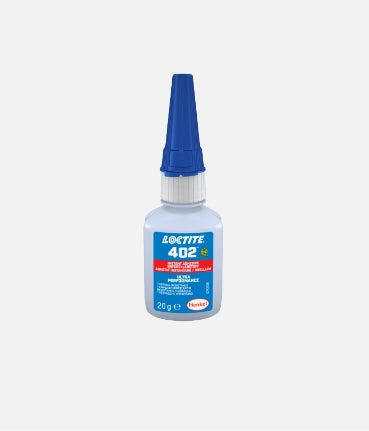
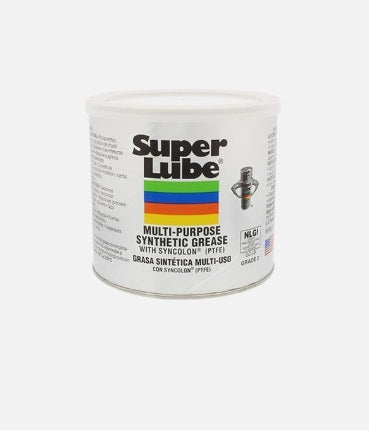
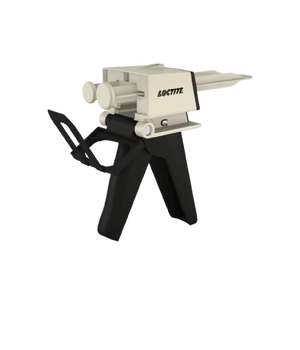
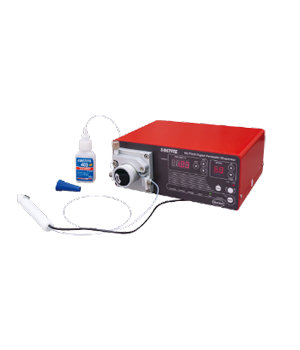
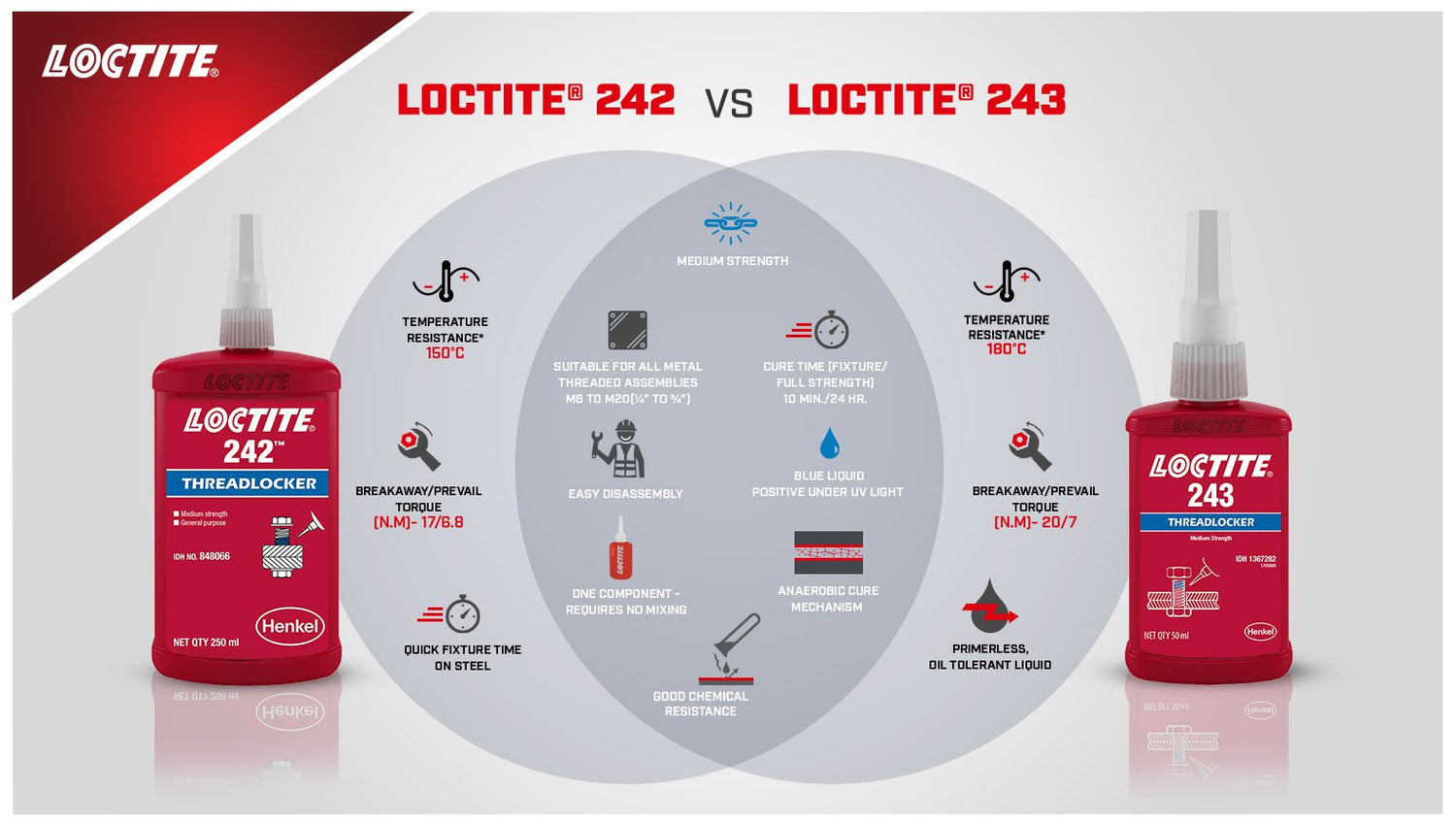
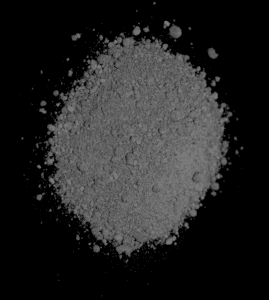

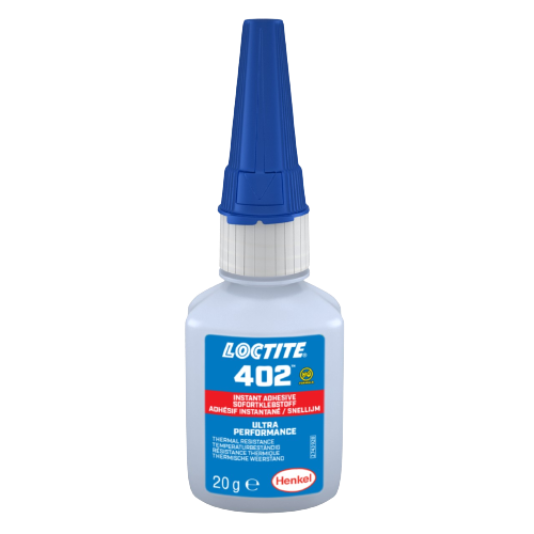
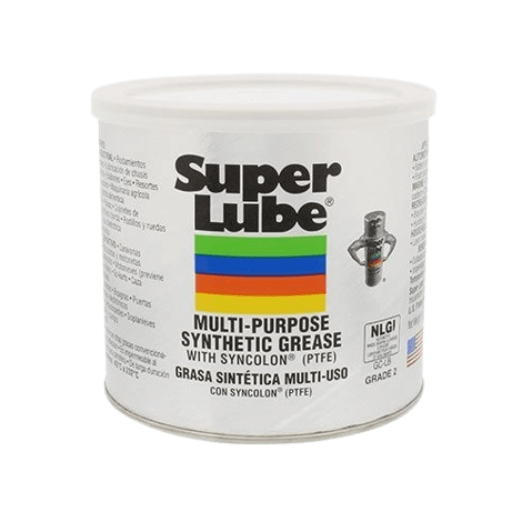
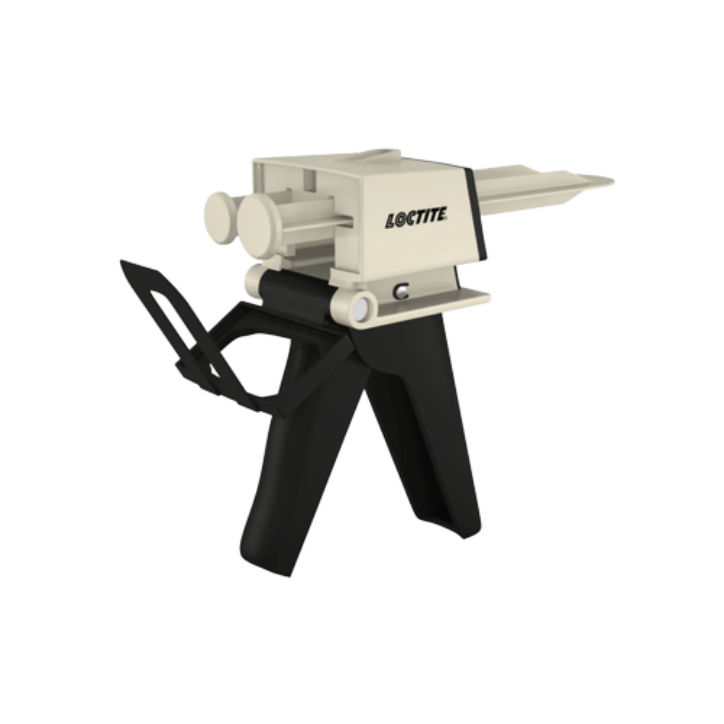
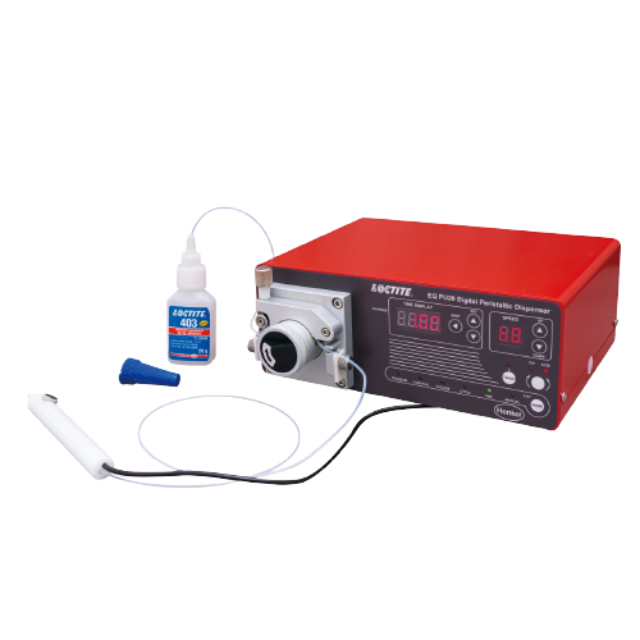
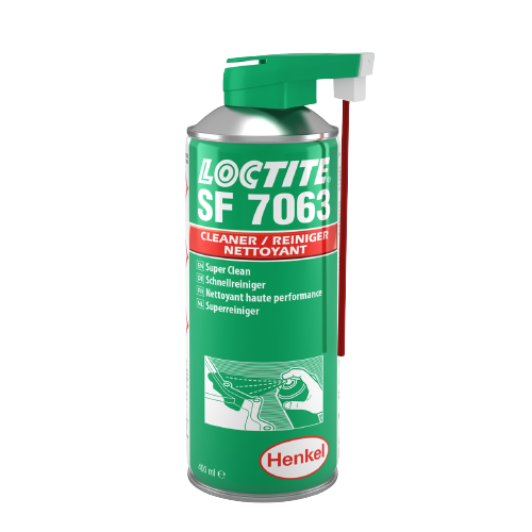
Leave a comment
All comments are moderated before being published.
This site is protected by reCAPTCHA and the Google Privacy Policy and Terms of Service apply.